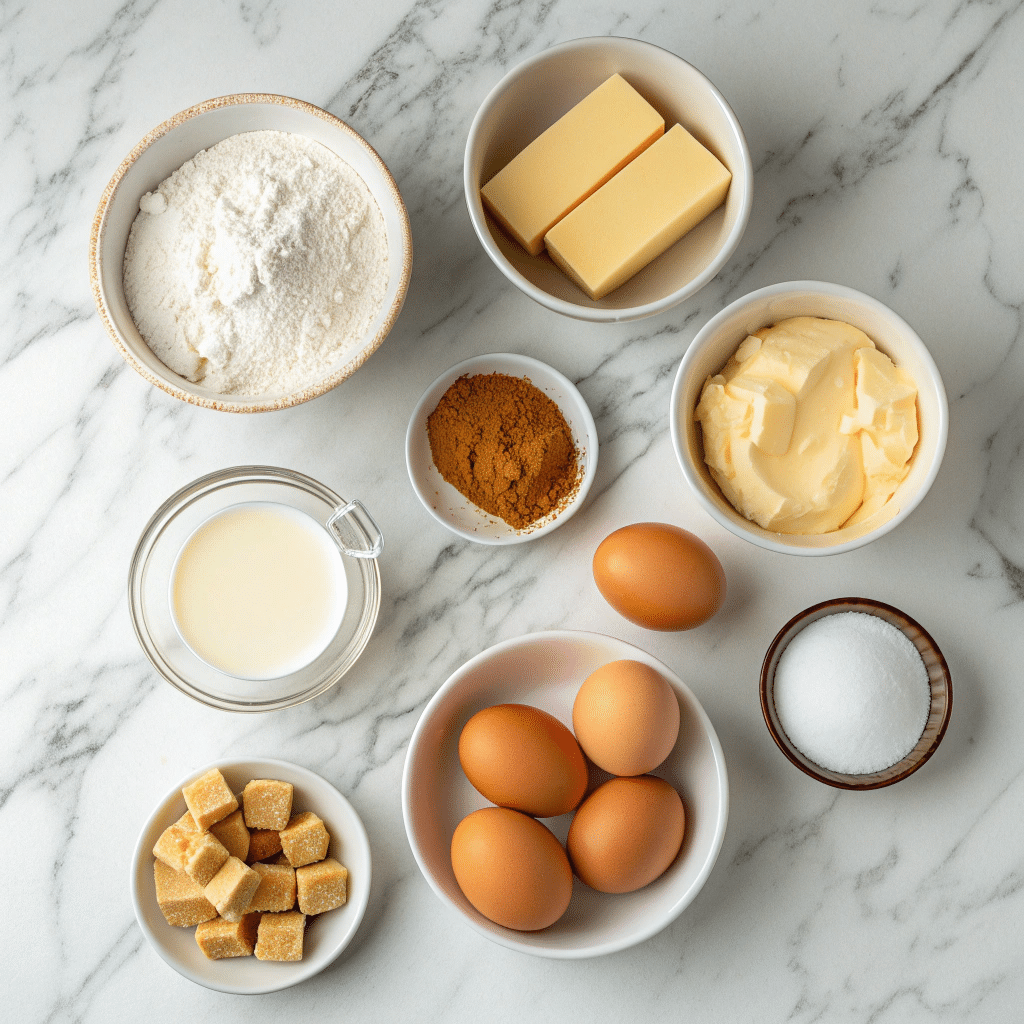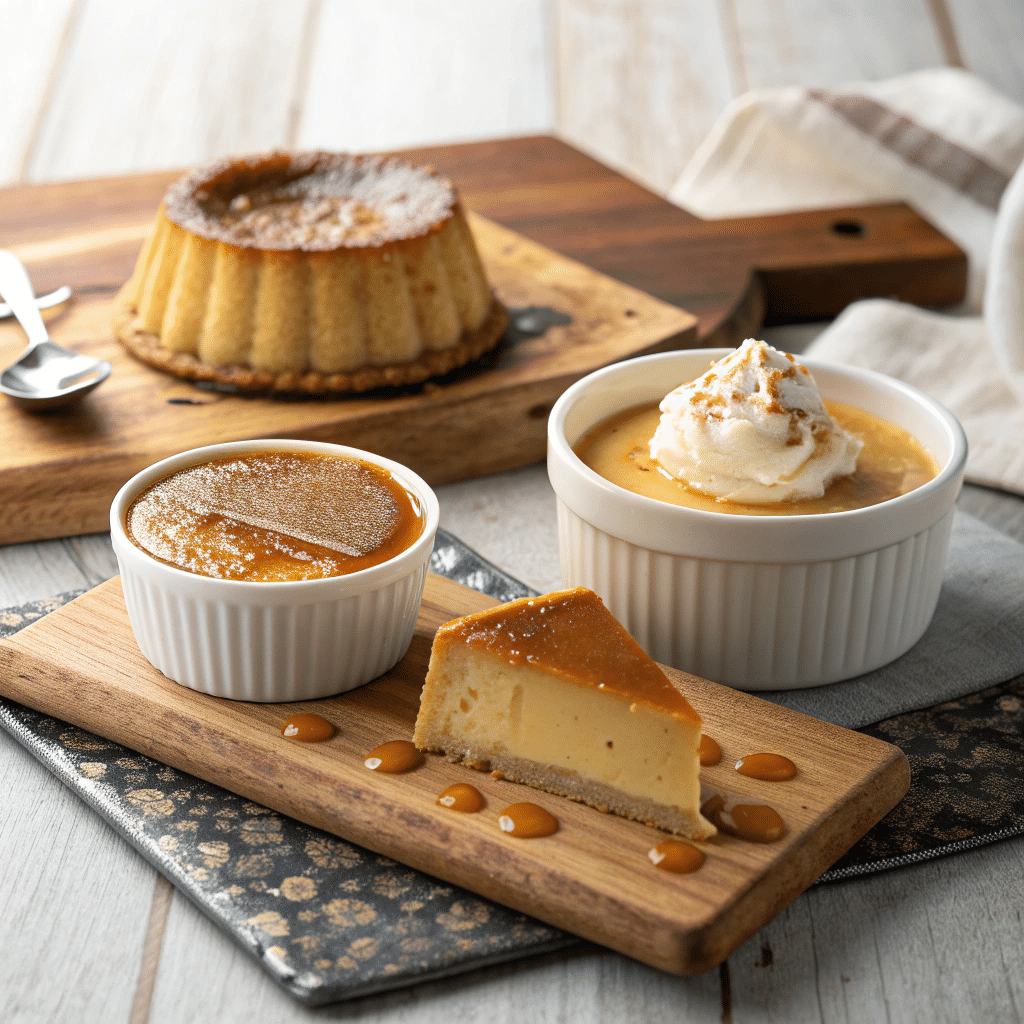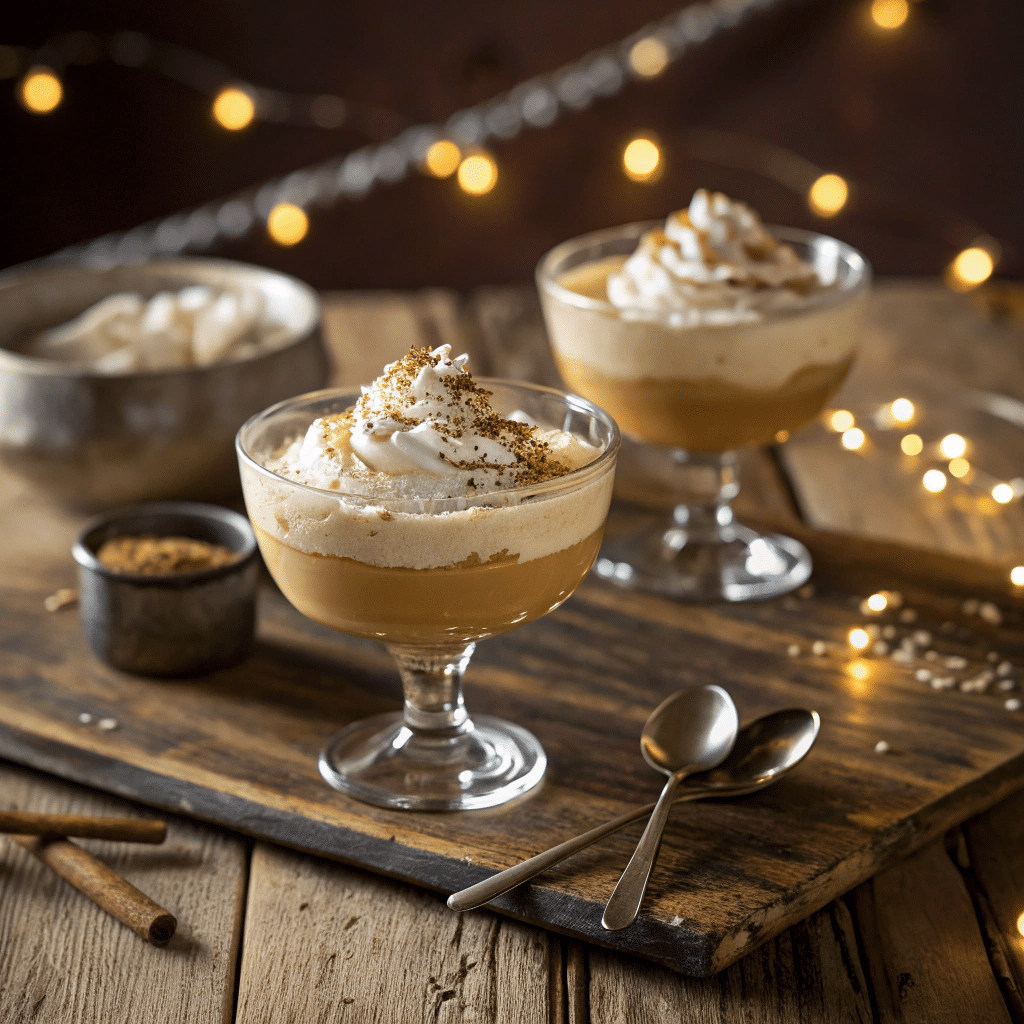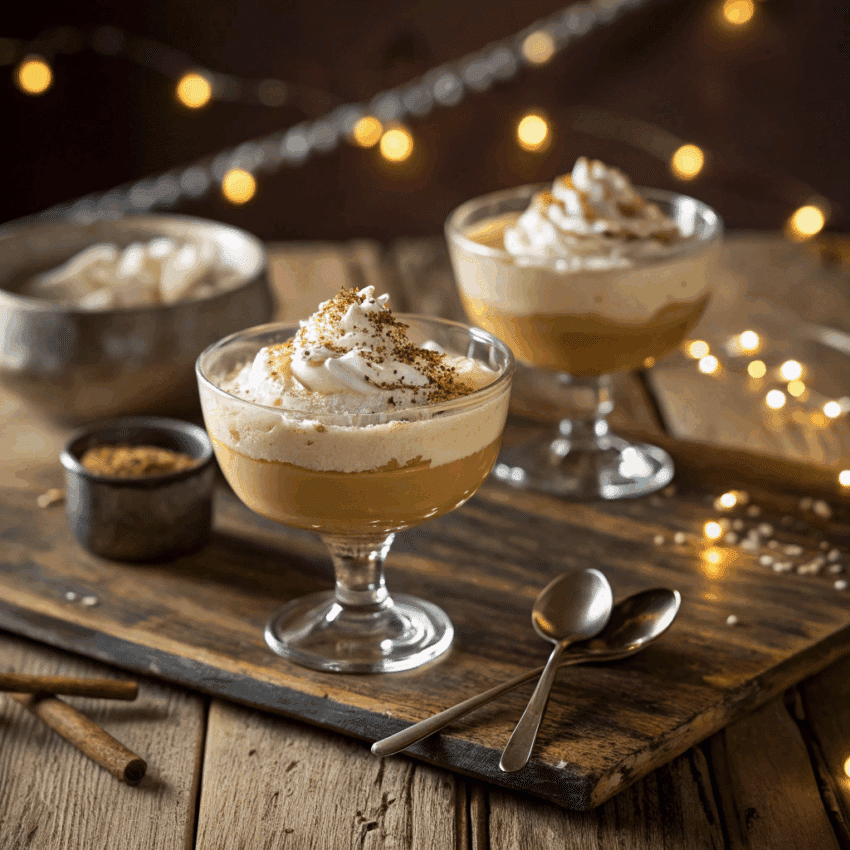There’s something about a spoonful of creamy butterscotch pudding that feels like a hug in dessert form. Forget the boxed mixes—making butterscotch pudding from scratch is easier than you might think, and the flavor is so much richer. In this recipe, I’ll show you how to whip up this classic treat at home with simple ingredients, step-by-step directions, and a few tips to keep it silky and smooth.
Why Make Butterscotch Pudding From Scratch?
I grew up eating instant pudding cups, and while they did the trick back then, homemade butterscotch pudding hits on another level. You get deep caramelized flavor, velvety texture, and just the right balance of sweet and salty. Plus, you control everything that goes into it. No weird additives, no mystery powders—just honest ingredients you probably already have in your kitchen.
If you’ve never made pudding before, don’t worry. Think of it as babysitting a pot of milk and sugar until it thickens into dessert heaven. Patience pays off here.
Ingredients You’ll Need

Here’s what goes into a classic batch of butterscotch pudding.
- Brown sugar – The star of the show. It gives butterscotch its signature depth.
- Butter – Adds richness and rounds out the caramel notes.
- Milk and cream – Whole milk works best, but you can mix in some heavy cream for extra indulgence.
- Cornstarch – Thickens the pudding without making it heavy.
- Egg yolks – Optional but traditional. They bring a custardy finish. (I’ll also explain how to make butterscotch pudding without eggs later.)
- Salt – A pinch is key to balancing the sweetness.
- Vanilla extract – Brings everything together.
That’s it. No fancy ingredients, no fuss.
Step-by-Step: How To Make Butterscotch Pudding
Step 1: Caramelize the Sugar
Melt butter in a saucepan, then stir in the brown sugar. Let it bubble gently until it smells like toffee. This is where that unmistakable butterscotch flavor develops. Don’t rush this part—think of it like toasting marshmallows. A little patience gives you golden perfection.
Step 2: Add the Dairy
Slowly whisk in milk and cream. The sugar will seize up at first, but keep stirring. It’ll melt back down into a smooth, caramel-like mixture.
Step 3: Thicken With Cornstarch
Whisk cornstarch with a splash of milk in a small bowl. Stir it into the pot. This keeps clumps from forming and helps the pudding set properly.
Step 4: Temper the Eggs (Optional)
If using yolks, whisk them in a separate bowl. Slowly drizzle in some of the hot butterscotch mixture while whisking. This prevents scrambled eggs. Then, pour it all back into the pot.
Step 5: Simmer and Finish
Keep whisking over medium heat until the pudding thickens enough to coat the back of a spoon. Remove from heat and stir in vanilla and a tiny pinch of salt.
Step 6: Chill and Serve
Pour into cups or ramekins, press plastic wrap directly on top (to avoid skin), and chill for at least two hours. Garnish with whipped cream if you’re feeling fancy.
Tips for the Best Butterscotch Pudding
- Don’t walk away. This dessert demands your attention. One minute of distraction and you might scorch the sugar.
- Use dark brown sugar. It has more molasses, which makes the flavor richer.
- Add a sprinkle of flaky sea salt on top. Sweet and salty is a match made in pudding paradise.
- Serve warm for comfort, chilled for elegance. Both ways are delicious.
Variations to Try

- Butterscotch Pudding Pie – Pour into a graham cracker crust, chill, and top with whipped cream. Instant crowd-pleaser.
- Butterscotch Self-Saucing Pudding – A baked twist that creates its own sauce as it cooks. Perfect for when you want something cozy.
- Egg-Free Version – Skip the yolks and add an extra tablespoon of cornstarch. You’ll still get a silky finish without eggs.
- Healthier Swap – Use coconut milk for a dairy-free option. It adds a subtle tropical twist.
Wrapping It Up
Homemade butterscotch pudding is one of those desserts that proves simple ingredients can create something extraordinary. It’s creamy, nostalgic, and endlessly versatile. Once you’ve made it from scratch, the boxed version won’t stand a chance.
So grab a saucepan, whisk, and a little patience. You’ll be rewarded with a dessert that feels both old-fashioned and irresistible. And if you’re anything like me, you’ll be sneaking spoonfuls straight from the fridge at midnight.

Butterscotch Pudding From Scratch
Ingredients
Method
- Melt the butter in a medium saucepan over medium heat.
- Add brown sugar and stir until it bubbles and smells like toffee, about 2–3 minutes.
- Whisk in milk and cream slowly. The sugar may clump at first but will dissolve as it heats.
- In a small bowl, mix cornstarch with 3 tablespoons of milk until smooth. Whisk this slurry into the pot.
- If using eggs, temper the yolks: whisk them in a separate bowl and slowly drizzle in some of the hot mixture while whisking. Then pour back into the pot.
- Cook while whisking over medium heat until the pudding thickens, about 5–7 minutes. It should coat the back of a spoon.
- Remove from heat and stir in vanilla and a pinch of salt.
- Pour into serving cups. Press plastic wrap directly on the surface to prevent a skin from forming.
- Chill for at least 2 hours or serve warm for a cozy treat.
- Top with whipped cream and sea salt flakes before serving if desired.
Notes
- For egg-free pudding, just skip the yolks and add one extra tablespoon of cornstarch.
- Pudding can be eaten warm or chilled—warm feels cozy, chilled feels elegant.
- Dark brown sugar makes the flavor deeper. If you only have light brown sugar, it still works but will taste a little milder.
Frequently Asked Questions
1. What makes butterscotch pudding different from caramel pudding?
Caramel uses white sugar cooked until golden, while butterscotch relies on brown sugar and butter. The molasses in brown sugar gives butterscotch its deeper, richer flavor.
2. Can I make butterscotch pudding without eggs?
Yes! Just add an extra spoonful of cornstarch instead of egg yolks. It thickens beautifully and is perfect for anyone avoiding eggs.
3. How long does homemade pudding last?
Keep it in the fridge for up to four days, covered tightly. It doesn’t freeze well, so enjoy it fresh.
4. Can I use this recipe for butterscotch pudding pie?
Absolutely. Just pour the cooled pudding into a baked crust and chill until firm. Top with whipped cream before serving.
5. What’s the trick to avoiding lumps?
Whisk constantly, especially when adding the cornstarch mixture. If you still end up with lumps, strain the pudding through a fine mesh sieve before chilling.
6. Is this considered a Scottish pudding?
Butterscotch originated in England, not Scotland, though people often confuse the two. Traditional Scottish puddings are usually steamed desserts, while this one is custard-based.

